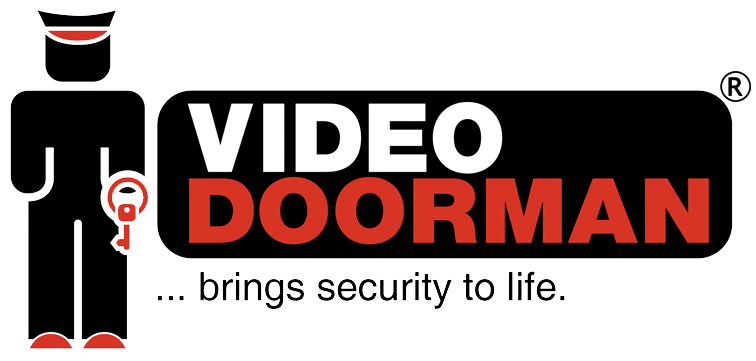Crime Starts in the Lobby
December 18, 2018 5:21 amWhen addressing crime in urban apartment buildings, the key focal point is the public lobby. Ground floor windows, easily reached balconies, service entrances and subterranean passages are usually hardened against crime by architects and builders. The lobby remains the single point of entry for both residents a
nd their guests, who belong in the building, and criminals, who do not.
Lobby related crimes range from simple loitering (of which residents are sometimes guilty) to malicious mischief, domestic violence, burglary, drugs, assault, pedophilia and rape. While loitering on the front steps and exterior approaches to a lobby produce a safety hazard and difficulty in entry, the interior spaces of a lobby afford the invader with protection from weather, invisibility from the law, and opportunities to prey on unsuspecting residents.
New York City Comptroller Scott M Stringer released an audit in December, 2014, showing the city’s Housing Authority faced a large budget deficit and unfunded capital needs of about $18 billion. (MORE) Faced with less money to fight crime, tenants are applauding efforts to install robotic cameras in NYCHA lobbies that identify suspicious individuals based on their loitering activities.
With smaller budgets, police are hard pressed to provide adequate protection and the possibility of incidents like a recent case where a police officer fatally shot an unarmed black man in a darkened public housing stairwell in Brooklyn, underscores the need for higher efficiency and reduced risk of human error.

NYCHA General Manager Cecil House joined Manhattan District Attorney Cyrus Vance, Jr., and NYPD officials on April 4, 2013, to announce the indictment of 63 gang members for activity on NYCHA property.
Recently, Manhattan district attorney, Cyrus R. Vance Jr. provided $101 million for new security measures at 15 high-crime developments in the city. (MORE) The money came from French bank BNP Paribas, which forfeited millions when it violated United States securities laws. Vance’s allocation will be put into upgrades like new security cameras, permanent exterior lighting and enhanced entry security at 15 complexes which account for some 20% of all violent crime in the housing authority’s 334 units.
Robotic video cameras can be equipped with software that recognizes human forms in the lobby without regard to any form of specific identification such as skin color, facial features or clothing. Once the human form is identified, the equipment can track movement, counting the seconds during which the person does not move from one position. Since the time of little or no movement can be used to define an act of loitering, an alarm can be established whenever a human form lingers in a building lobby or on the front steps in a manner which can be defined as violating rules, regulations or city laws.
Once the alarm has been tripped, the camera can send its signal to a trained security monitor who can examine the specific scene and determine the nature of the violation. Is it a mother tending to a medical need of a child, or is it a person enjoying a questionable substance? Once a loitering violation is determined, the monitor has the capability of addressing the offender over a loudspeaker. The responses of violators has been found to range from complaint to colorfully expletive. Whatever the response, the violator is courteously informed that he or she must leave the premises or authorities will be summoned. This notice is rarely if ever met with resistance since the perpetrator knows that video recording is in progress and that the recording can serve as court evidence.
By reducing loitering in the most vulnerable areas of a large apartment house, consequent reductions in crime have been dramatically demonstrated.
2024 © American Remote Video, Inc. All rights reserved. Design by MES.

